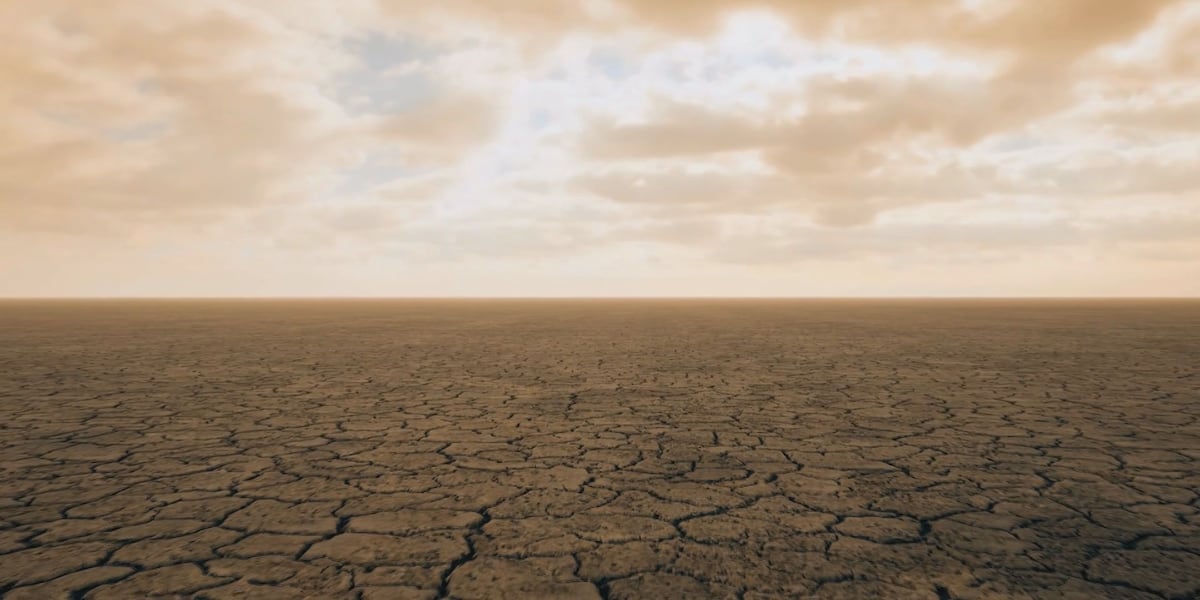A key reason for Valley Fever’s spread – Climate change - KOLD

TUCSON, Ariz. (13 News) - Right now, fungal diseases are surging across the U.S. and that includes Valley Fever here in Arizona. It's tricky to treat and there's no vaccine for it.
Scientists say there's already evidence that Valley Fever is thriving due to climate change, making the number of cases worse.
Nationwide, the number of cases rose from 2,271 in 1998 to 20,003 in 2019, a 780% increase.
In Arizona, where two-thirds of Valley Fever infections are contracted, cases rose 600 percent. There were 1,474 cases in 1998 and 10,359 in 2019 according to the Centers for Disease Control.
But these CDC numbers are likely underreported, due to low test rates and people being misdiagnosed.
"Fungal diseases are studied much less than bacterial or viral diseases. And there are currently no vaccines available for fungal diseases," said Morgan Gorris, a scientist at Los Alamos National Laboratory.
Gorris says climate change may impact the fungus that causes Valley Fever in two ways. The first, being where it can live. Warming temperatures may allow the fungus to live in areas further North.
"The disease is mostly limited to the southwestern United States right now, but in about 20 years states like Nevada, Utah, and Colorado may become new hotspots. And then in 40 years it may be found in parts of Idaho, Wyoming and Montana," she said.
In addition, climate change may impact how much fungus is growing and when. Gorris says the fungus thrives between flooding and drought.
"The wet part allows the fungus to grow, and the dry part allows the fungus to break apart into tiny pieces we call spores," said Gorris. "That's when humans can breathe them in and become sick if these spores get lofted into the air."
While it's not possible to get rid of fungus in the environment, Dr. John Galgiani at the University of Arizona says knowledge about Valley Fever is probably your best defense. That goes for Arizona residents and tourists.
"People who know about Valley Fever before they get sick, actually ask their doctors don't you think you should test me for it? And that leads to earlier diagnosis," said doctor Galgiani.
"In one of our studies, we estimated that a case of Valley Fever cost roughly $400,000 and the annual average total cost across the U.S is $3.9 billion per year," said Gorris.
Gorris says if Valley Fever is diagnosed early, treatment is more likely to succeed and cost less.
Data shows 700 people in Arizona were hospitalized with Valley Fever in 2022, and 75 people died.
For more information about the disease, including symptoms, diagnosis, and treatment click here.
To watch part one of Rebecca Taylor's series on Valley Fever, click here. Experts discuss a new Valley Fever dashboard in Tucson to help physicians and the public track when cases peak.
Be sure to subscribe to the 13 News YouTube channel: www.youtube.com/@13newskold
Copyright 2024 13 News. All rights reserved.
Comments
Post a Comment